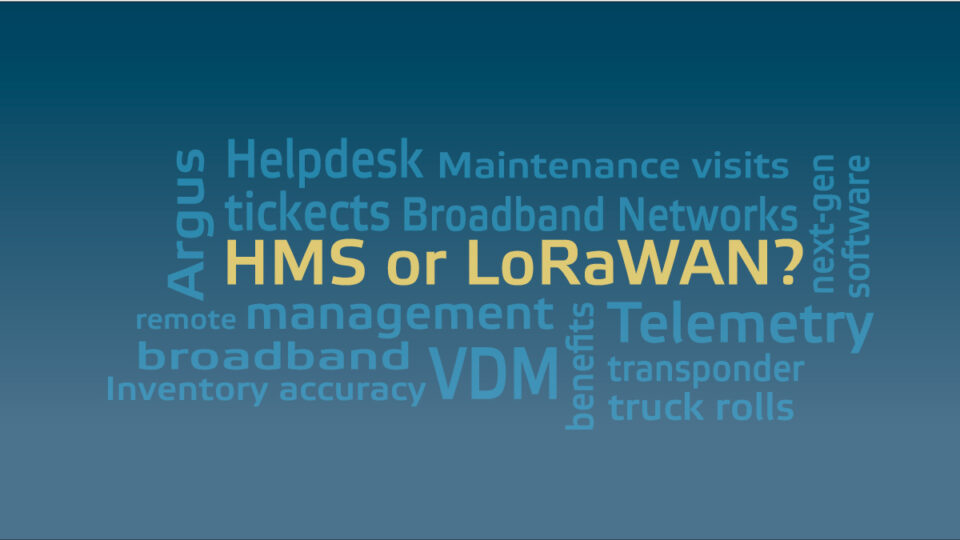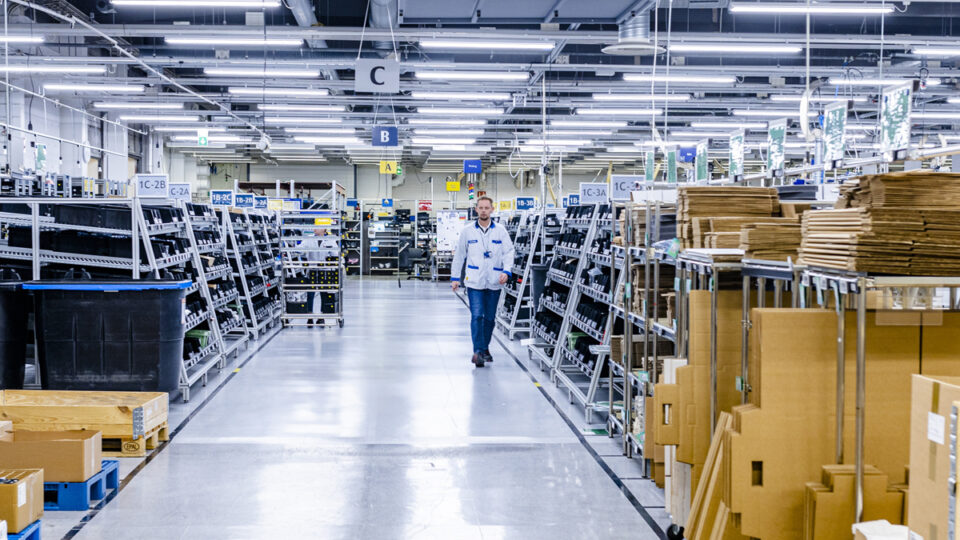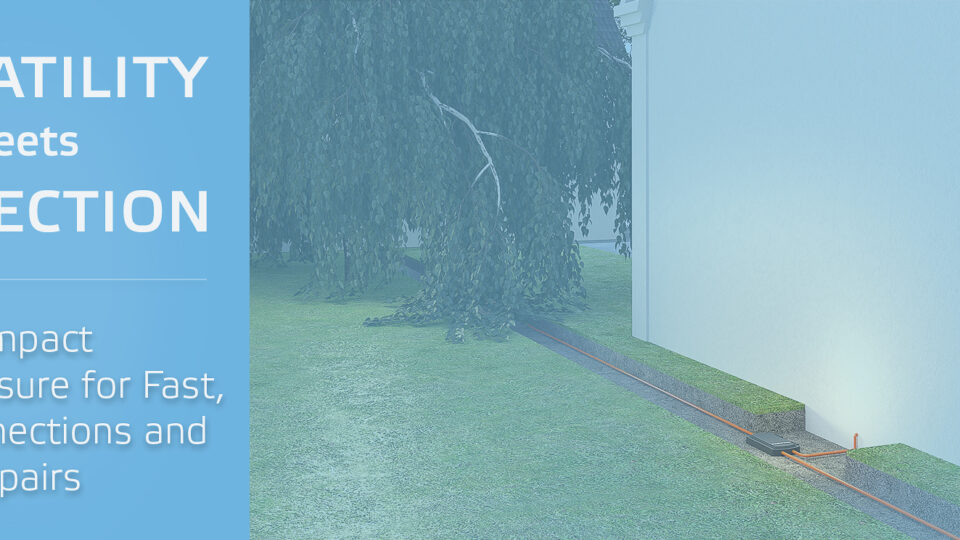
Who controls remote controls?
Cable operators aggregated content long before broadband connections were part of their portfolio. Since broadband connections started to increase ARPU’s of Cable TV operators, they also gave access to various OTT players. Perhaps the most known has been Netflix, but today many alternatives fight for consumer attention.
“By 2018, 75 per cent of TV-style content will be watched through application-based services in mature markets,” predicts Gartner. At the moment, the focus is on content and how it can be accessed comfortably. For example, many of the newest Netflix originals have a high rating in IMDB and can be found from the top 100 all-time TV series’, rated by millions. The biggest OTT players have a worldwide audience and it gives them the possibility to create more marginal and targeted content.
The Electronic Program Guide (EPG) has been an excellent way to show the linear TV offering. Turn on Set-Top-Box and TV, push number 1, and you might have an idea what language dominates in a specific country. OTT vendors don’t have their own button, although this seems to be changing.
But the story gets more complicated: why not control your TV wirelessly via a mobile phone interface? Or will Android running in the TV give control to Google? Will TV manufacturers openly welcome new third party operating systems, or do they even have alternatives?
Also, broadcasters are entering the game; the “Red Button” types of approaches give them the opportunity to offer interactive services to complement their traditional channels. Some old peer-to-peer “brands” take steps as well, but even they plan to ask for money, a barrier that the old torrent enthusiasts won’t cross easily. P2P file sharing was popular because it was “free of charge”, at least before litigations started.
Cable TV operators have often offered, or at least recommended, set-top-boxes. A way to influence. Will future televisions include DVB-C tuners, and are Cable TV operators willing to have a role when consumers select their new televisions? Even then, it would be difficult to guarantee future revenue streams. Will the probable dead-on-arrival of DVB-C2 change the mindset, and DVB-T replaces or complements DVB-C, because DVB-T2 tuners will be included in many televisions “free of charge”? Could DVB-T2 also have a future in cable television networks? Or do IoT open business possibilities and operators re-think whether set-top-box, cable modem, MoCA and other functionality should be supported by a new kind of home gateway that could be e.g. hosted by operators.
Cable operators usually offer OTT services, either using their own platform or providing complementing third party OTT services, perhaps both. Still today, big OTT players offer their own silos and a Spotify-kind of user experience is impossible to reach. Is the next generation EPG an OTT portal or something else? Companies finding the right answers will have a bright future ahead of them, and cable TV operators have all the needed elements, ultra-fast broadband and access to homes.
Younger generations and young-minded people use tablets and mobile phones to view TV series’ and play games. We might make educated guesses as to how they want to consume video in the late 2020’s, but guesses might look less educated as the years are passing by, especially when guesses are made by people, including me, who knows that Dallas is also something other than a city.
Are our questions even valid? Meanwhile, we think about how video content, 2D, 3D or virtual, will be consumed in the future. Our children have outdoor activities: they hunt virtual Pokemon creatures. How many TV series’ have more than 100 million downloads/viewers during the first month?
We have many questions, but objective answers do not exist. It is an interesting time to visit IBC and hear what industry experts predict. For many people, a traditional TV remote control is still a symbol of leisure, and hectic times increase the need for something that doesn’t change.
Arttu Purmonen
Arttu Purmonen
I joined Teleste in 1997 and engineered video processing and data transmission products. I have worked as engineer, project manager, product manager and business director but understanding customer perspective has always motivated me. It brought me to be responsible for system and technical marketing where my internal driving force and former experience can party together. See my LinkedIn.



